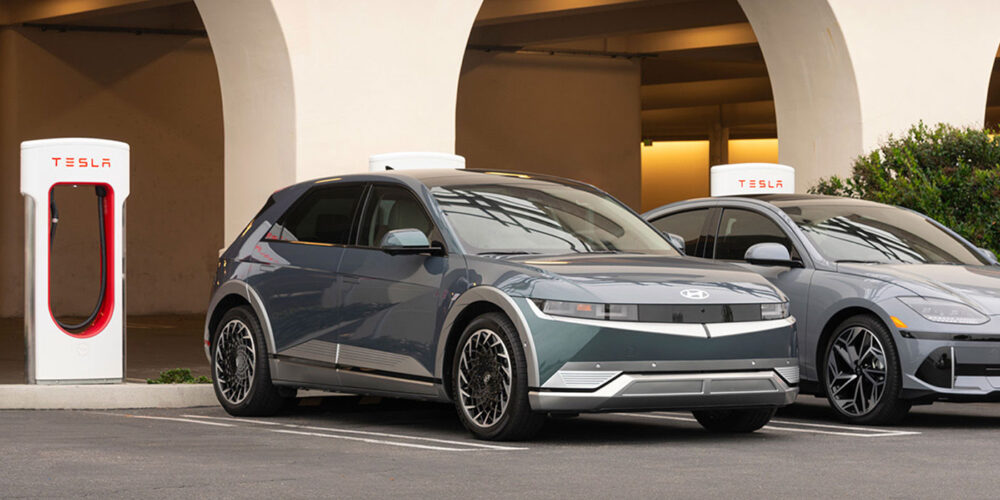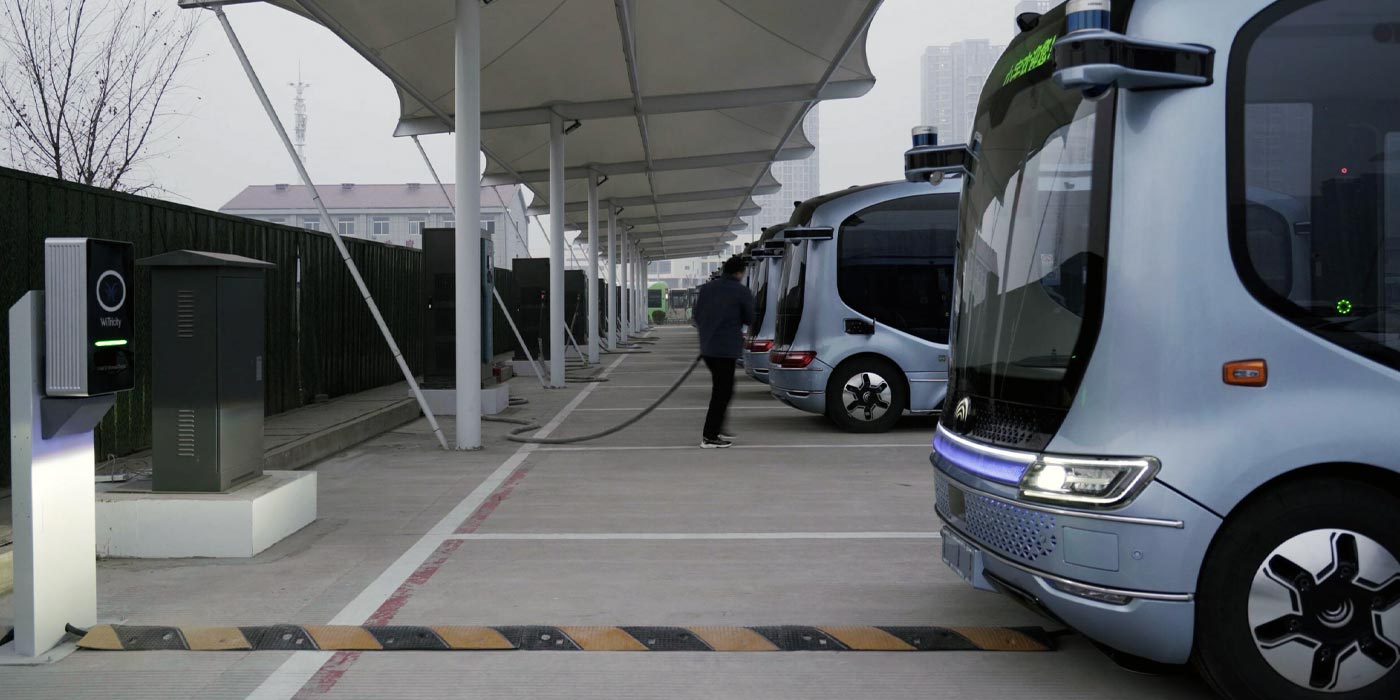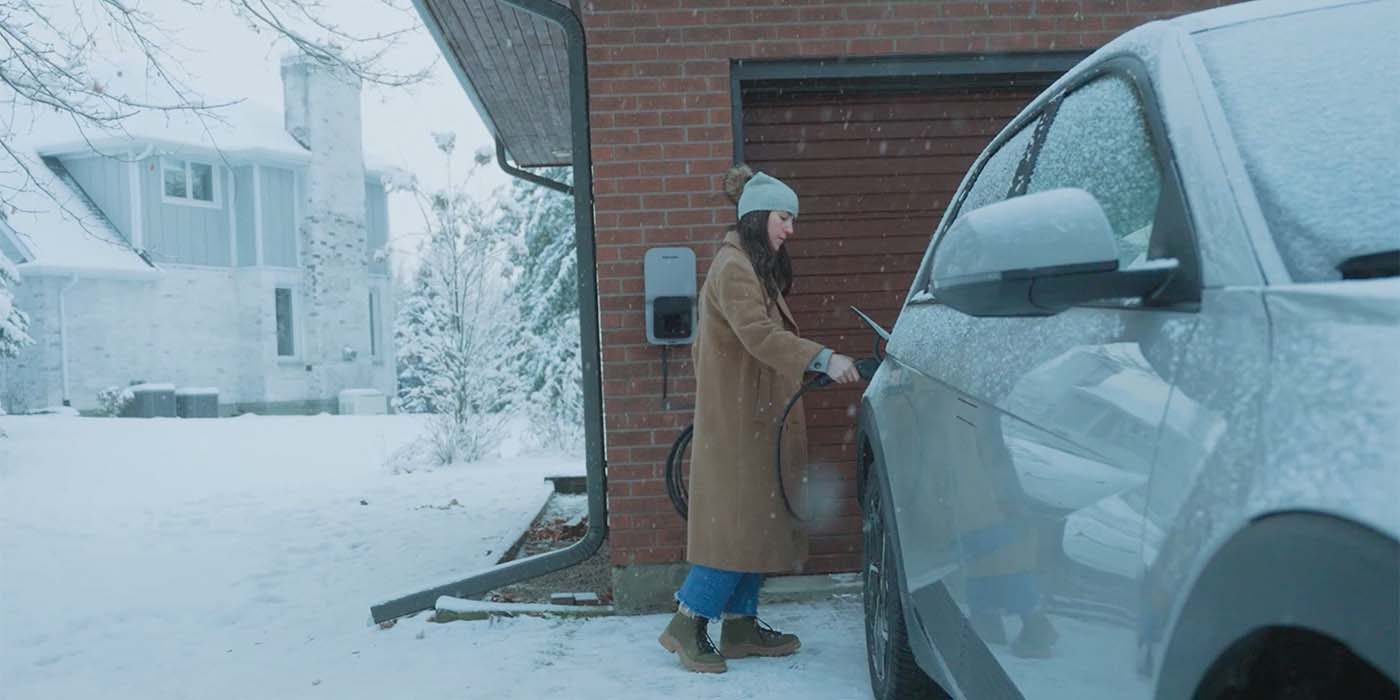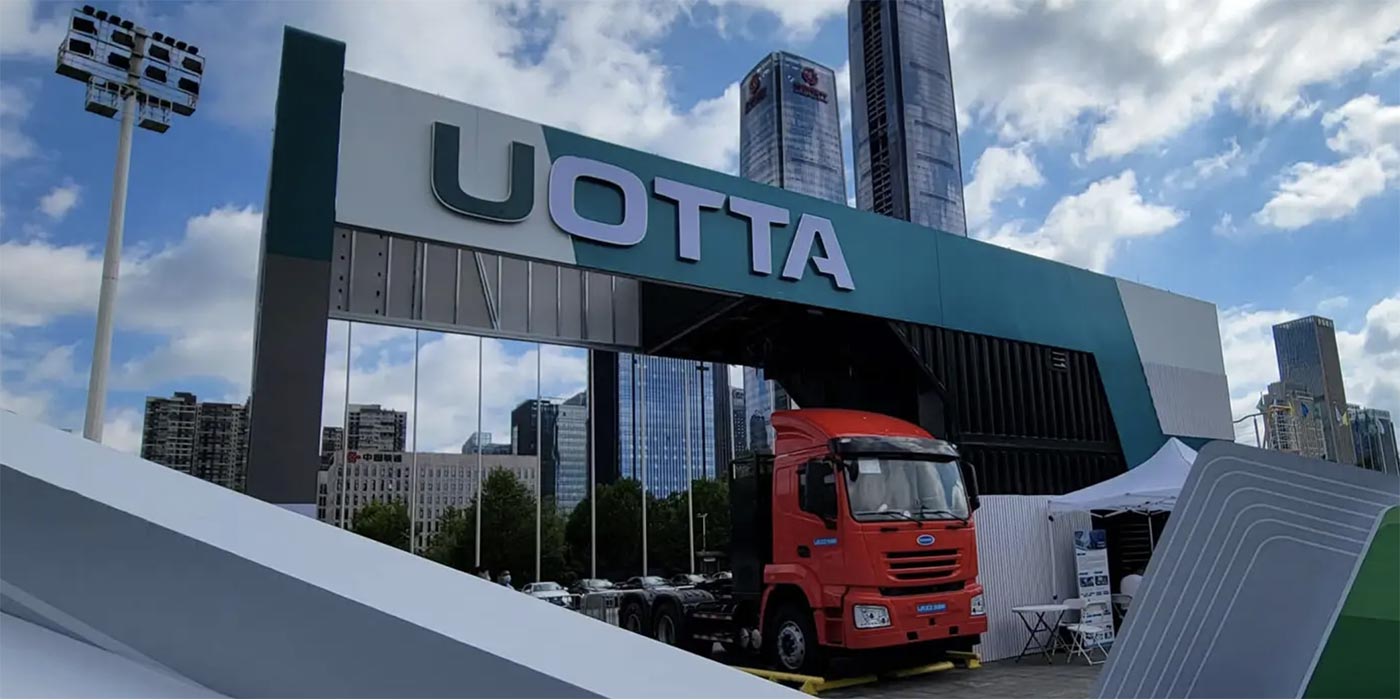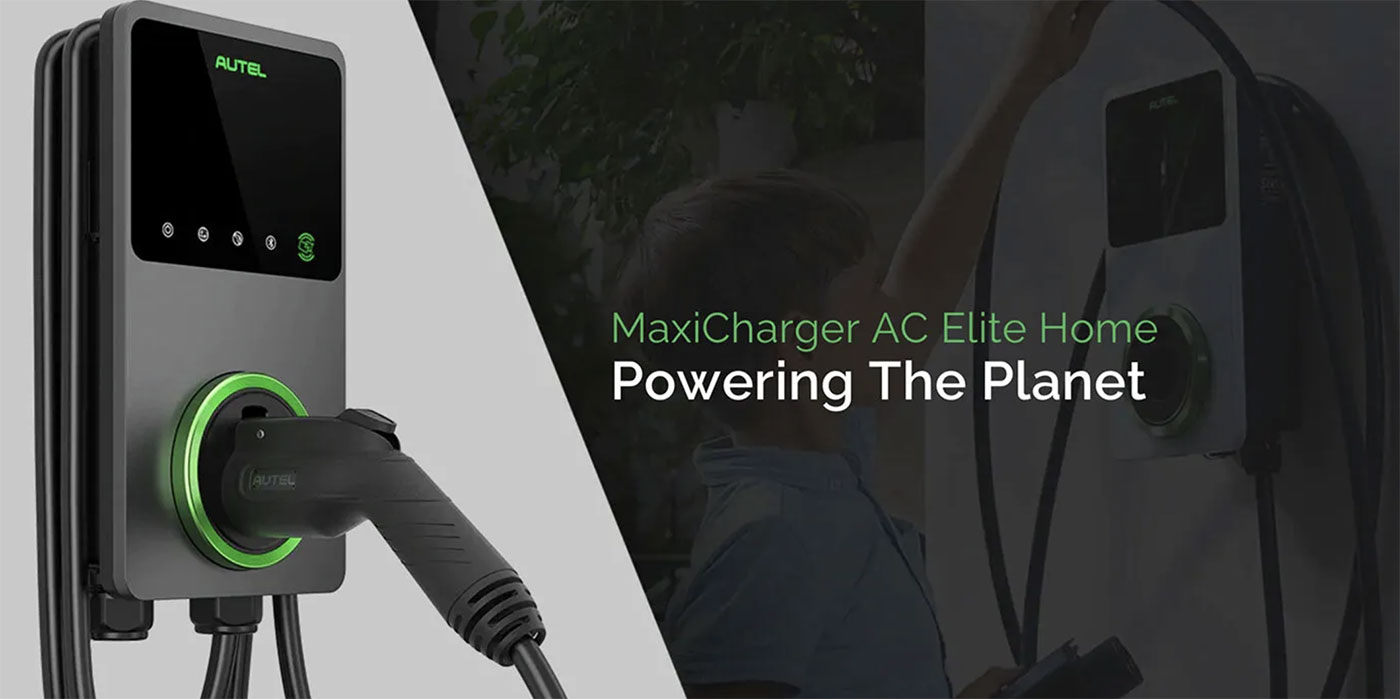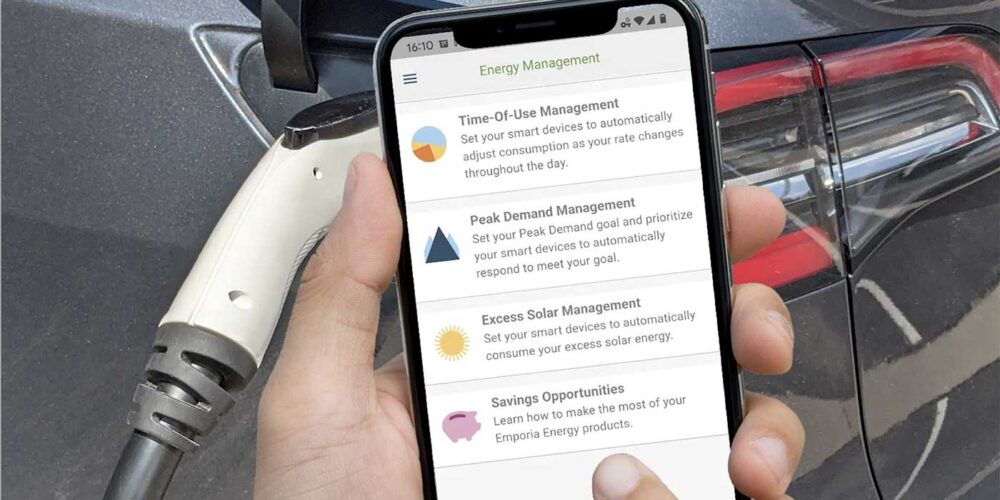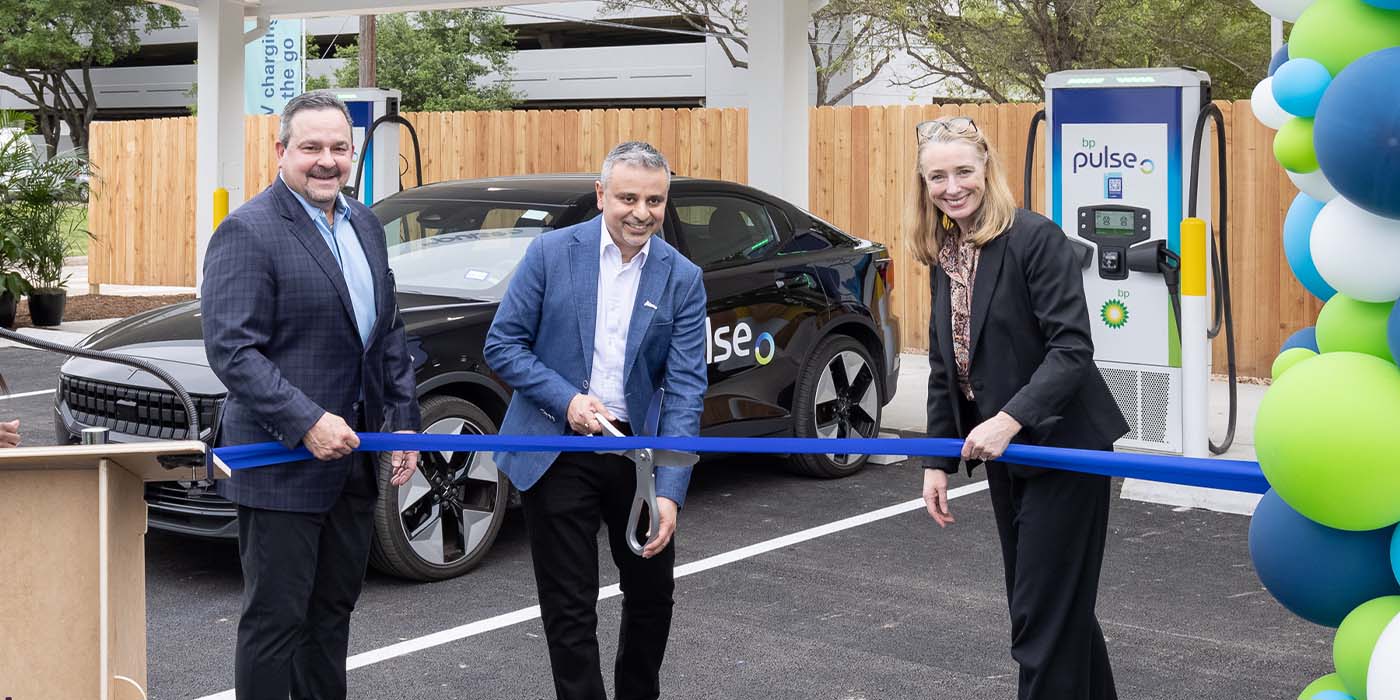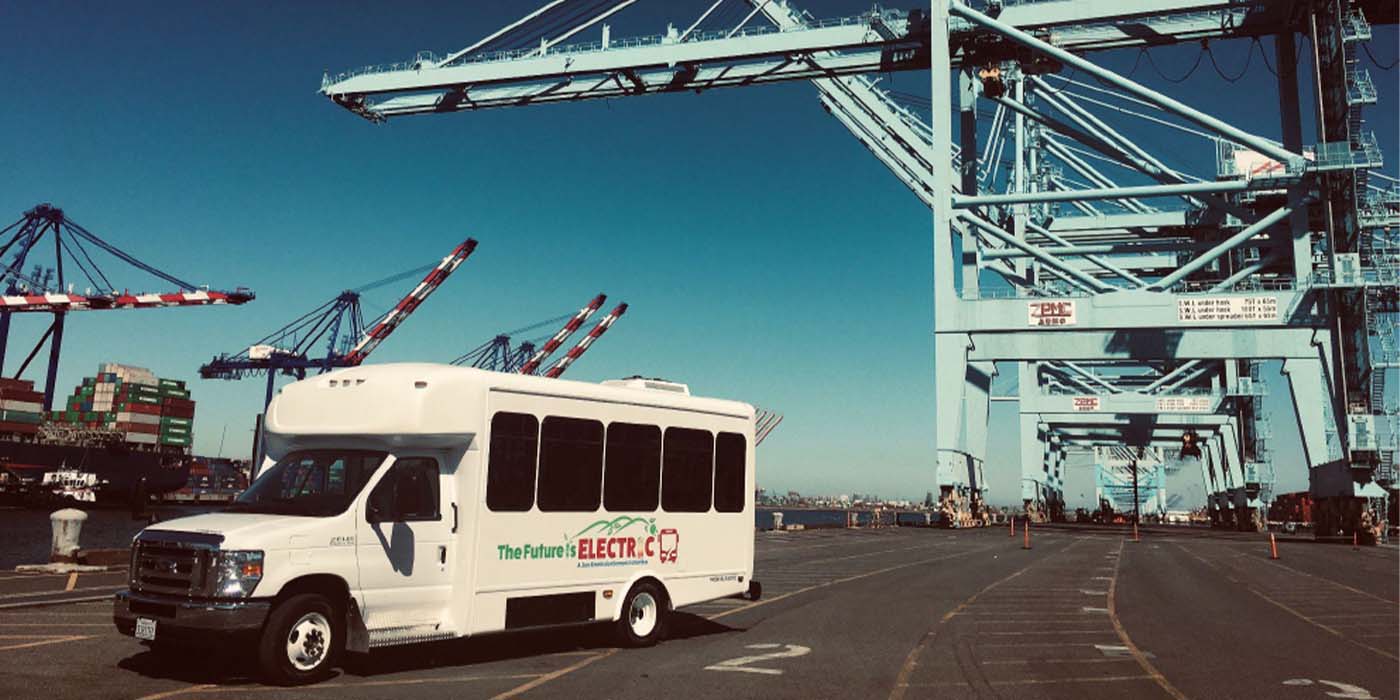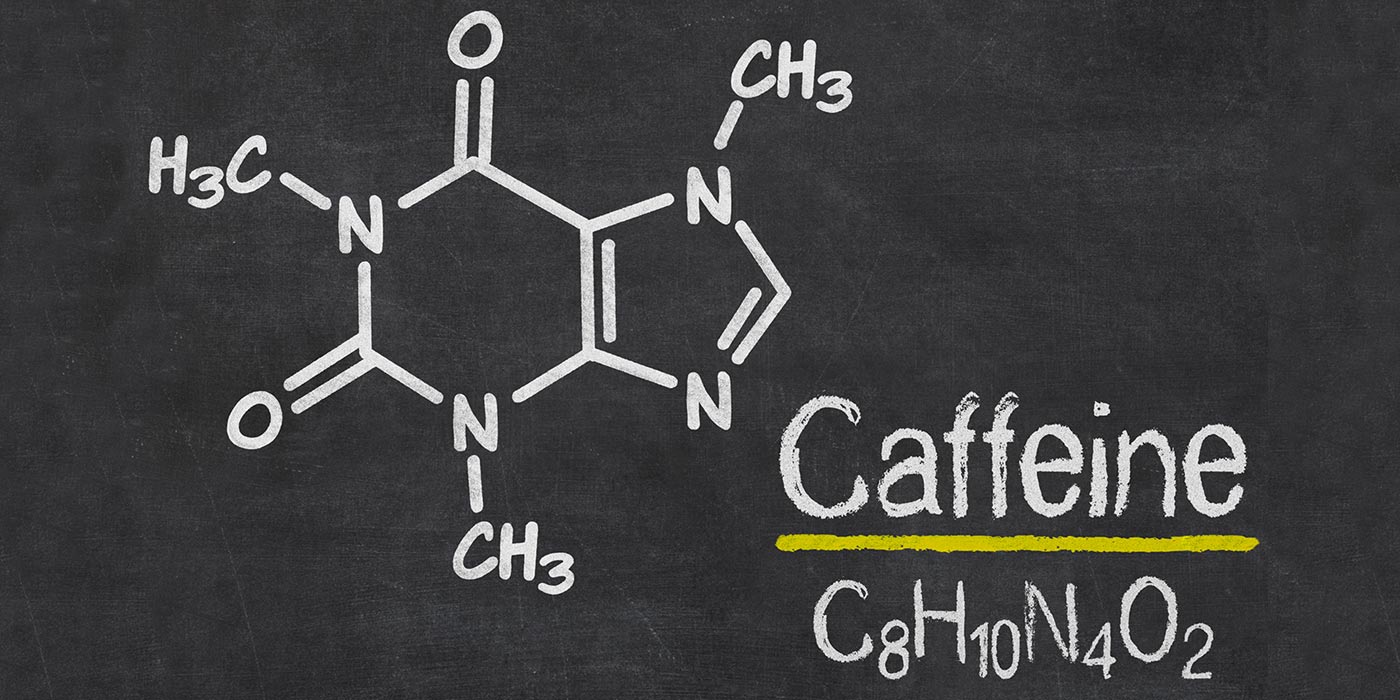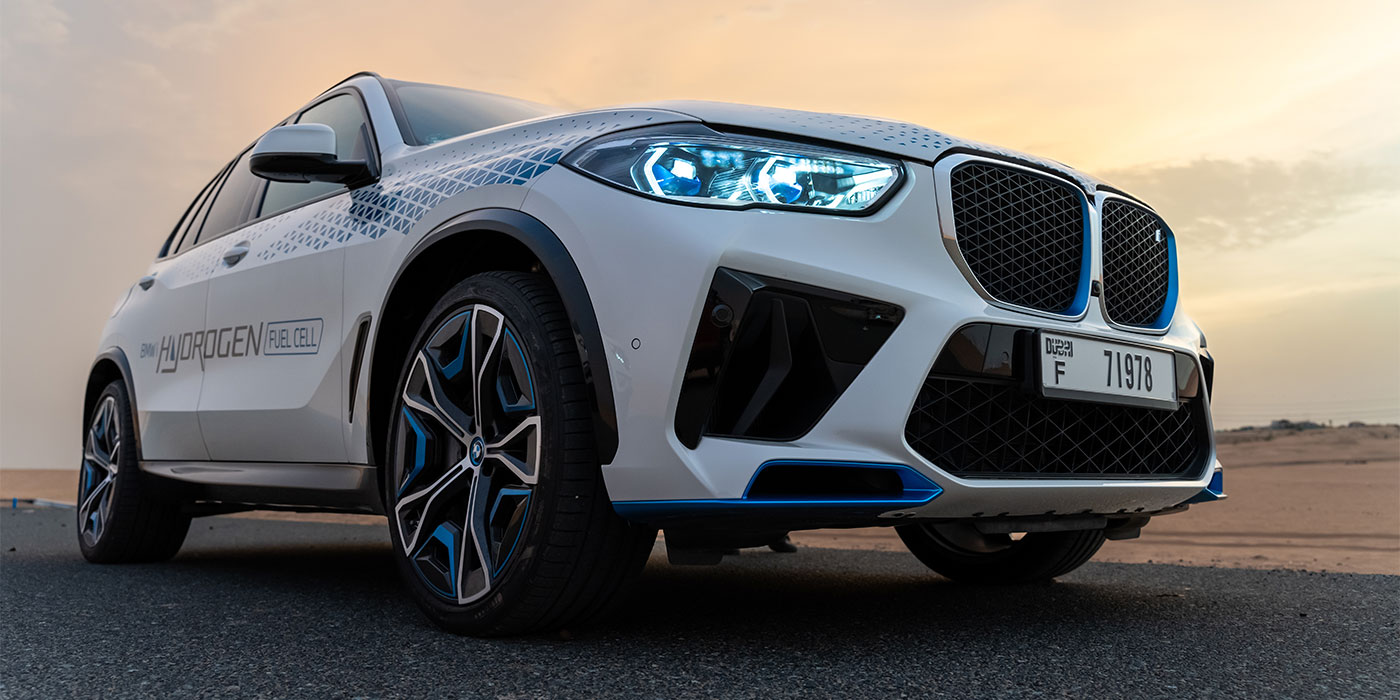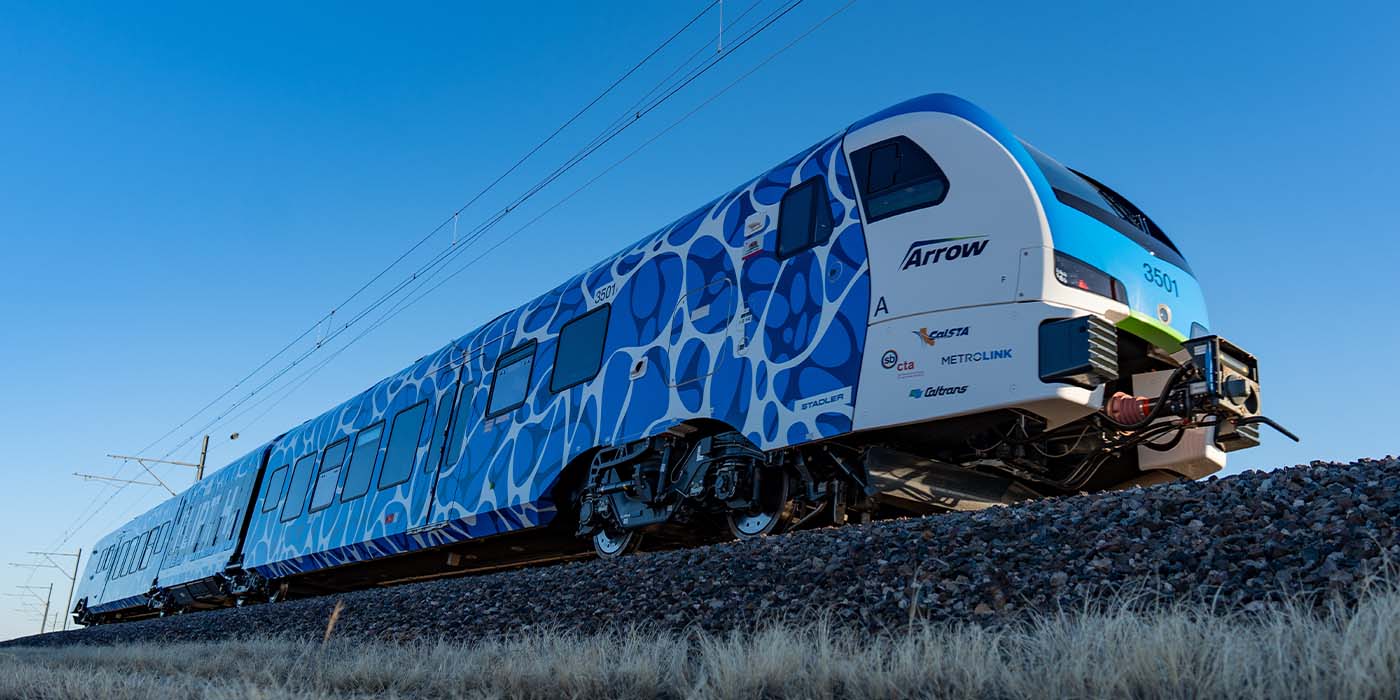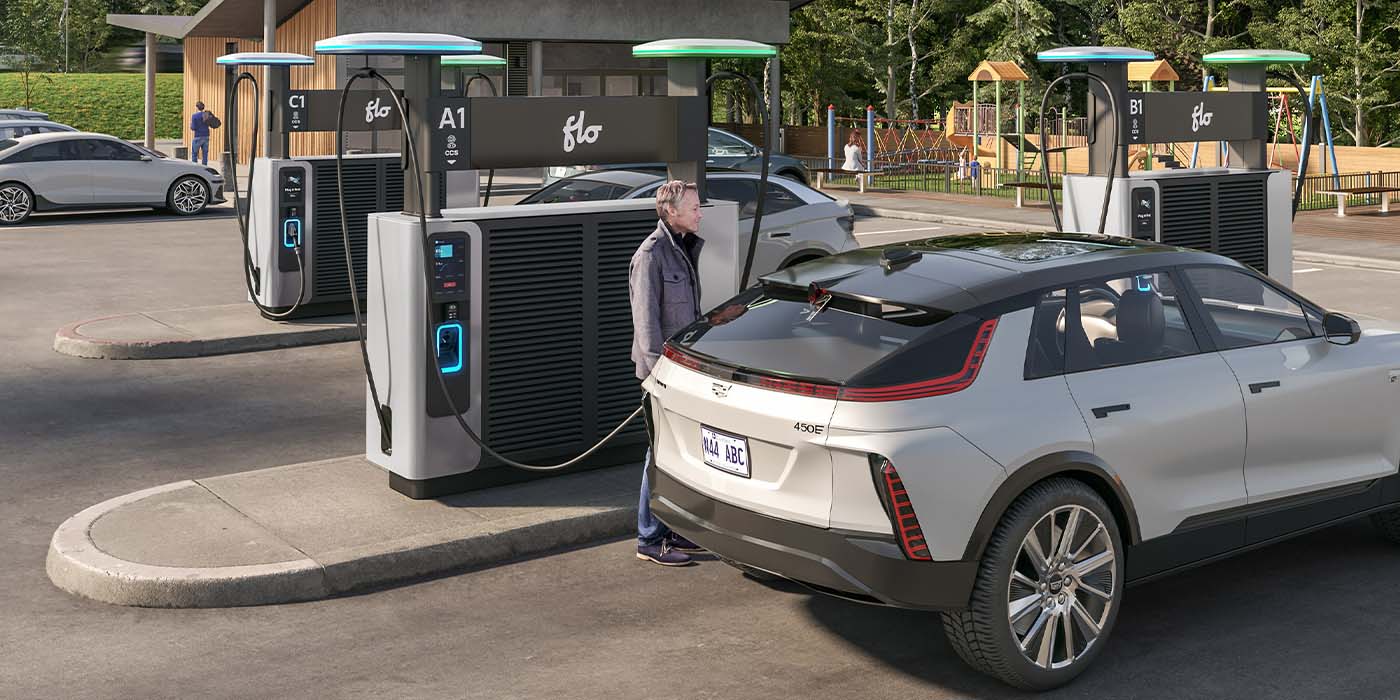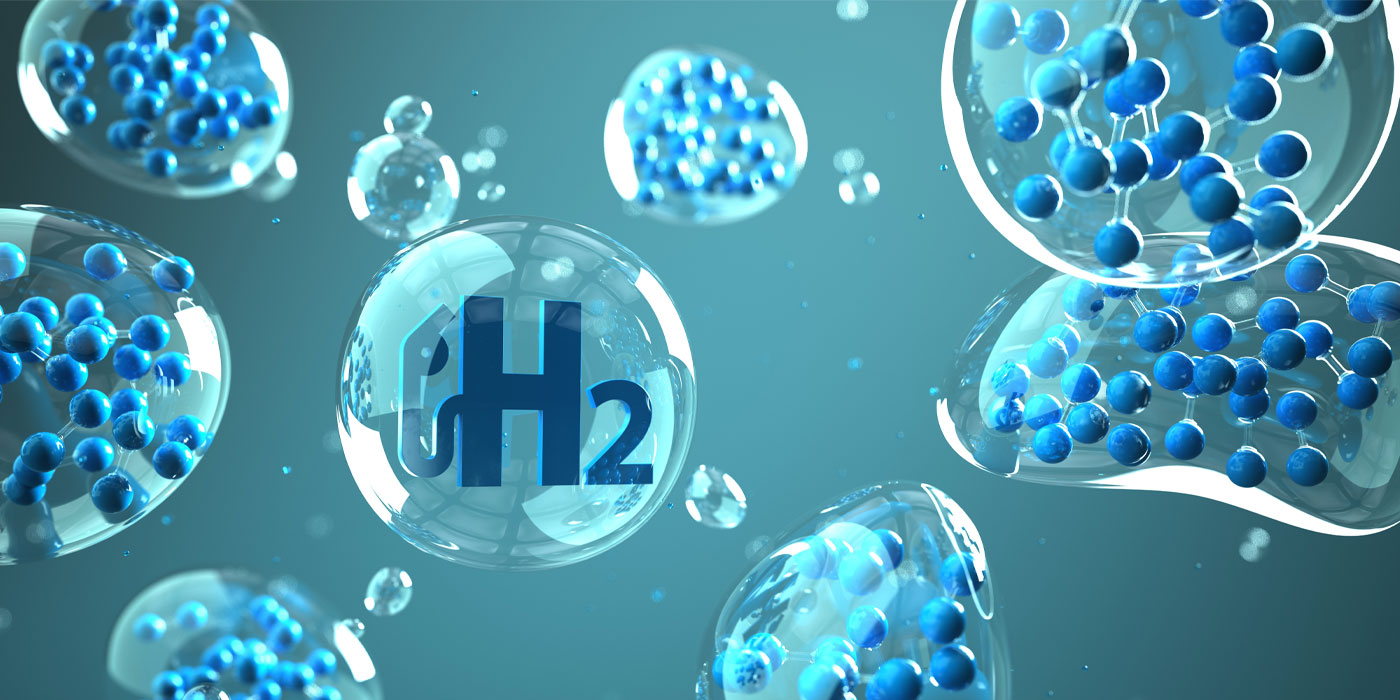Hyundai Motor Company presented its vision for a hydrogen-powered, software-driven transformation beyond mobility applications at CES 2024. Under the theme ‘Ease every way,’ the company held its media day at the Mandalay Bay Convention Center in Las Vegas to highlight its future blueprint for a hydrogen energy ecosystem and a vision for software and artificial intelligence (AI).
Hyundai Motor Group (the Group) already announced a commitment to achieve carbon neutrality by 2050, substantiated by a RE100 roadmap to use 100% renewable energy in its overseas factories by 2045 and in every Group entity by 2050. Hydrogen energy will play a prominent role in achieving those objectives, Hyundai said.
Hyundai added it is undergoing a software-driven transformation led by the entire Group. At CES, the company announced its ‘Software-defined Everything’ (SDx) strategy, which it said aims to transform all moving devices, fleets and ecosystems into assets through advanced software and AI.
During the presentation, Chang Hwan Kim, senior vice president and head of hydrogen fuel cell and battery development, explained that Hyundai is also developing megawatt-scale polymer electrolyte membrane (PEM) electrolyzer manufacturing capabilities for green hydrogen production, which is expected to commercialize within the next few years. Hyundai, through sharing components of fuel cell systems, said it plans to achieve a competitive price compared to existing PEM technologies.
Furthermore, the Group said it is concentrating on resource circulation hydrogen production technology that aims to transform environmental pollutants into clean hydrogen. The resource circulation technology that Hyundai focuses on includes two approaches: Waste-to-Hydrogen (W2H) and Plastic-to-Hydrogen (P2H). W2H involves the fermentation of organic waste, such as food, sludge and livestock manure, to generate biogas. This biogas is then treated to capture carbon dioxide and produce hydrogen. P2H, on the other hand, involves melting waste plastics that cannot be recycled, gasifying the molten plastics and producing hydrogen by removing unnecessary elements, according to Hyundai.
Hyundai also showcased its waste-to-hydrogen production and hydrogen value chain, as well as SDV technologies and future mobility concepts at CES 2024.

